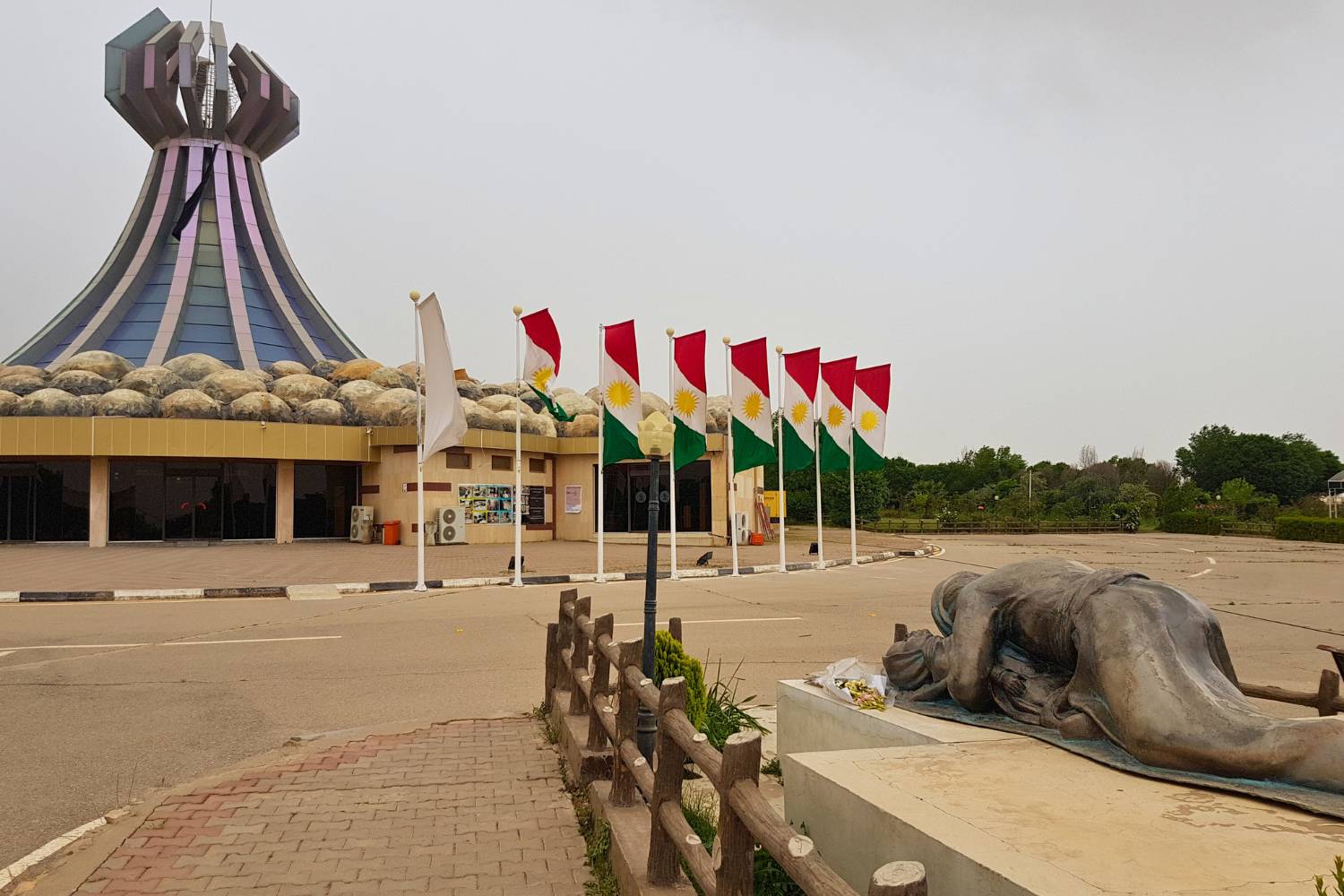Halabja, a city located in the Kurdistan region of northern Iraq, is known for its poignant history and breathtaking natural beauty. While the city is famously remembered for the tragic events of the 1988 chemical attack, it has also become a symbol of resilience and recovery. Halabja offers a blend of historical significance, cultural richness, and natural attractions, making it a unique destination for travelers seeking to understand the depths of Kurdish heritage and the beauty of its landscapes.
Ancient Period:
- Early Inhabitants: The area around Halabja has been inhabited since ancient times, with archaeological evidence suggesting early human settlements. The region’s fertile lands and strategic location contributed to its historical importance.
20th Century:
- Chemical Attack: Halabja is most well-known for the devastating chemical attack on March 16, 1988, during the closing days of the Iran-Iraq War. Thousands of people were killed, and many more were injured, leaving a lasting impact on the community and its memory.
Modern Halabja:
- Rebuilding and Resilience: In the years since the attack, Halabja has been rebuilt and transformed. The city now stands as a testament to the resilience and strength of its people. Efforts to preserve its history and promote healing have been significant in shaping its modern identity.
Must-Visit Attractions
Halabja Monument and Museum:
- Historical Significance: The Halabja Monument and Museum commemorates the victims of the 1988 chemical attack. It serves as a place of reflection and education, providing visitors with a deeper understanding of the events and their impact on the community.
Ahmed Awa Waterfall:
- Natural Beauty: Located near Halabja, the Ahmed Awa Waterfall is one of the most stunning natural attractions in the region. The waterfall is surrounded by lush greenery and offers a serene environment for picnicking, hiking, and enjoying the natural beauty of Kurdistan.
Gulan Park:
- Urban Oasis: Gulan Park is a beautiful green space within Halabja, offering a peaceful retreat for locals and visitors. The park features walking paths, playgrounds, and picnic areas, making it a perfect spot for relaxation and leisure.
The Old Bazaar:
- Cultural Experience: The Old Bazaar of Halabja is a vibrant market where visitors can experience local culture and traditions. The bazaar offers a variety of goods, from fresh produce and spices to traditional Kurdish handicrafts and textiles.
Cultural Experiences
Kurdish Cuisine:
- Local Flavors: Halabja’s culinary scene is rich with traditional Kurdish dishes. Be sure to try local specialties like dolma (stuffed grape leaves), kebabs, and biryani. The city’s restaurants and cafes provide an authentic gastronomic experience.
Art and Literature:
- Cultural Hub: Halabja has a vibrant arts and literature scene, with numerous cultural events, art exhibitions, and literary festivals held throughout the year. The city is known for its poets and writers who contribute to Kurdish cultural heritage.
Traditional Music and Dance:
- Cultural Performances: Experience the rich musical heritage of Kurdistan by attending a traditional music performance or dance event. The lively rhythms and colorful costumes make for an unforgettable cultural experience.
Natural Attractions
Hawraman Mountains:
- Scenic Beauty: The Hawraman Mountains, located near Halabja, offer breathtaking views and excellent opportunities for hiking and outdoor activities. The mountains are known for their rugged beauty and unique landscapes.
Zaloon Spring:
- Natural Retreat: Zaloon Spring is a beautiful natural attraction near Halabja, known for its clear, refreshing waters. It’s a popular spot for locals and visitors to enjoy the natural surroundings and relax.
Shahrizor Plain:
- Agricultural Heartland: The Shahrizor Plain is a fertile region near Halabja, known for its lush fields and agricultural significance. The plain offers picturesque landscapes and a glimpse into traditional Kurdish farming practices.
Practical Information
Best Time to Visit:
- Weather Considerations: The best time to visit Halabja is during the spring (March to May) and autumn (September to November) when the weather is mild and pleasant. Summers can be hot, while winters are cool with occasional snowfall.
Getting There:
- Accessibility: Halabja is accessible by road from major cities in the Kurdistan region and Iraq. The nearest major airport is Sulaymaniyah International Airport, which is approximately 90 kilometers away and offers connections to various international destinations.
Accommodation:
- Where to Stay: Halabja offers a range of accommodation options, from comfortable guesthouses to budget-friendly hotels. Popular choices include the Halabja Hotel and various other establishments that provide comfort and convenience for travelers.
Conclusion
Halabja is a city that captivates visitors with its rich history, vibrant culture, and stunning natural beauty. Whether you’re a history enthusiast, a nature lover, or a cultural explorer, Halabja has something to offer. Plan your visit with Aknaf Al Sawary and uncover the timeless treasures and hidden gems of this remarkable city.
Embark on an unforgettable journey through Halabja, and experience the blend of resilience, heritage, and natural splendor that make this city truly unique. Discover the heart of Iraqi Kurdistan with Aknaf Al Sawary – your trusted travel partner.


